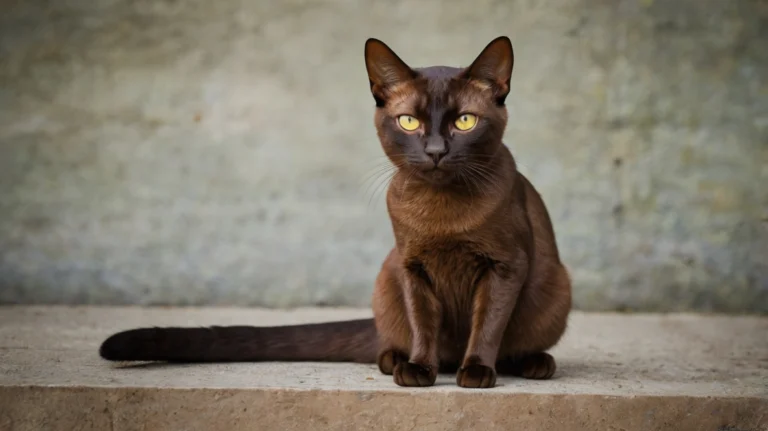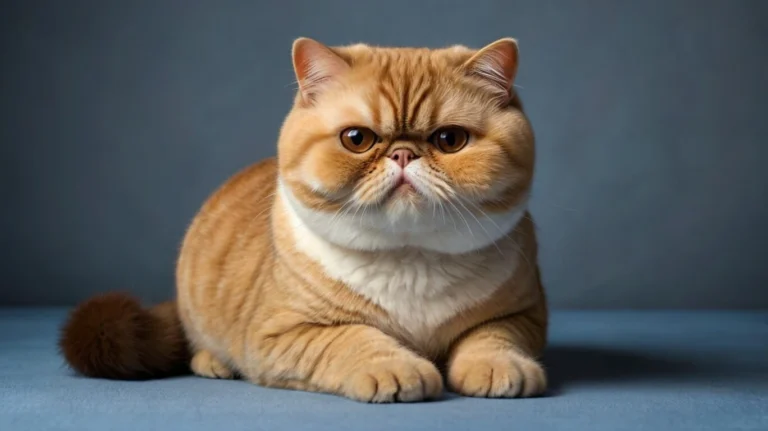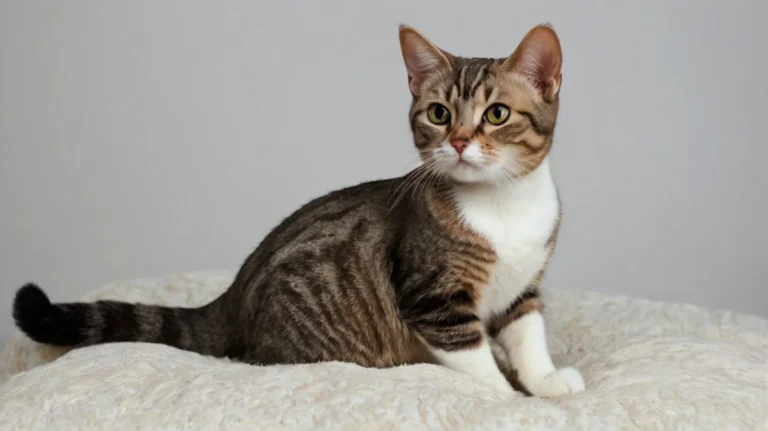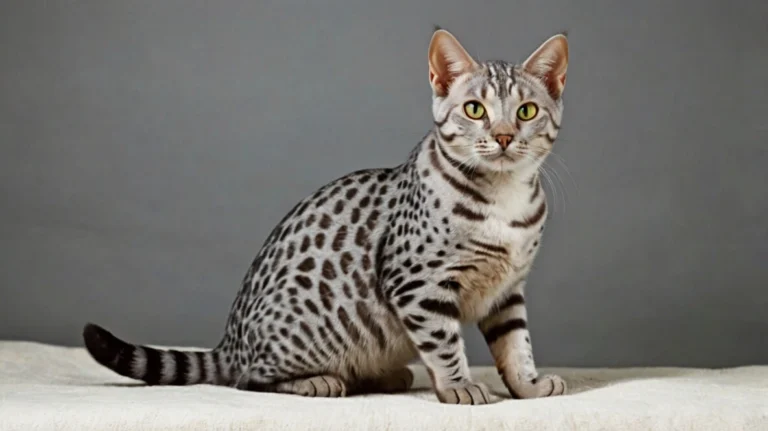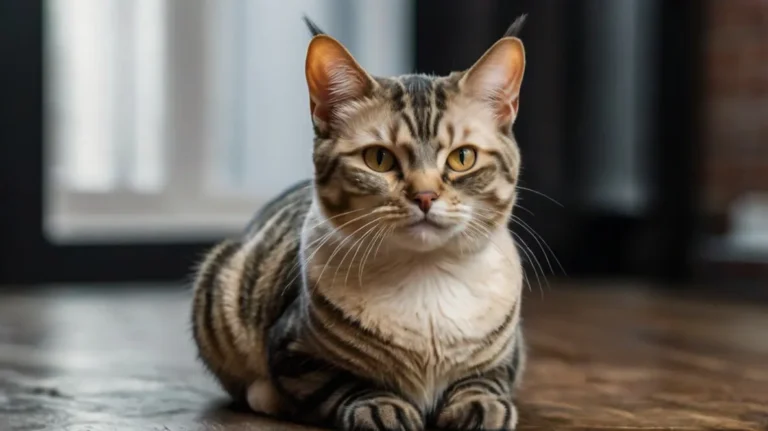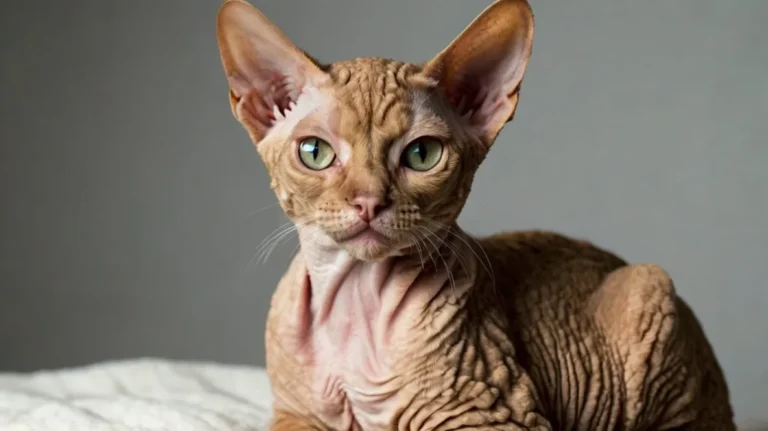The British Longhair cat : caracteristics, Personality and History
Introduction
With their magnificent flowing coats and signature round faces, the British Longhair cats represent the elegant longhaired version of the popular British Shorthair. These gentle giants captivate owners with their dense, silky fur, teddy bear-like features, and famously calm dispositions. Often called the “Highland Straight” in some registries, this breed combines the British Shorthair’s calm personality with the stunning fur length of traditional longhair cats. With their dense, silky fur and sweet, easygoing nature, British Longhairs make ideal companions for families and individuals seeking a low-maintenance yet regal feline friend.
This guide covers everything you need to know—from their history and appearance to temperament, care needs, and health considerations.
History & Origin of the British Longhair Cat
The British Longhair originated as a natural variation of the British Shorthair when breeders introduced Persian cat bloodlines to revive the breed after WWII.
- Developed in mid-20th century Britain
- The breed emerged through deliberate crossings of British Shorthairs with Persian cats, blending the Shorthair’s sturdy conformation with the Persian’s luxurious coat length.
- Recognized by TICA in 2009
- Still not accepted by all cat registries
Physical Characteristics of the British Longhair Cat
British Longhairs present a substantial yet compact package, with their medium-to-large frames showcasing impressive bone structure beneath that signature flowing coat. Their cobby (stocky) build gives them surprising weight and a distinctly rounded silhouette.
Key Features:
- Coat: Dense, semi-long with thick undercoat (all colors/patterns accepted)
- Eyes: Large, round, and copper, gold, or blue
- Body: Broad-chested with short legs and rounded paws
- Face: Chubby cheeks with sweet expression
- Weight: 9–17 lbs (males larger than females)
Personality & Temperament
British Longhairs are calm, affectionate, and undemanding—perfect for relaxed households.
Key Personality Traits:
- Gentle & Easygoing – Not overly active but enjoys playtime
- While deeply attached to their families, British Longhairs maintain a dignified independence – offering affection on their own terms without constant demands for attention.
- Quiet Nature – Rarely vocal, communicates with soft chirps
- Good with Kids/Pets – Patient and tolerant
British Longhair Care & Health
Grooming Needs:
- Brush 2-3 times weekly (daily during shedding seasons)
- Regular ear cleaning (due to furry ear furnishings)
Diet & Nutrition:
- High-quality protein diet
- Hairball control formula recommended
Common Health Issues:
- Hypertrophic cardiomyopathy (HCM)
- Polycystic kidney disease (PKD)
- Average lifespan: 12–16 years
For more information on different feline varieties, explore our complete guide to All About Cat Breeds
Is a British Longhair Right for You?
✅ Best For:
- Families wanting a gentle, low-energy cat
- First-time cat owners
- Those who enjoy grooming
❌ Not Ideal For:
- Owners wanting a highly active cat
- Those unwilling to maintain long fur
Where to Adopt or Buy
- Reputable Breeders: TICA/GCCF listings
- Rescue Groups: Some specialize in British breeds
- Price Range: 800–800–2,000
Final Thoughts
The British Longhair offers stunning beauty and loving companionship in one fluffy package. Their plush coat, sweet nature, and moderate energy make them wonderful pets for the right owner.
Considering one? Be prepared for regular grooming and plenty of cuddles!
Helpful Resources:
- Health & Genetics
International Cat Care – Longhaired Cat Health Guide
Add to “Common Health Issues” for veterinary-approved care advice - Breed History & Recognition
Governing Council of the Cat Fancy (GCCF) – British Longhair Profile
Include in “History & Origin” for official breed development details


